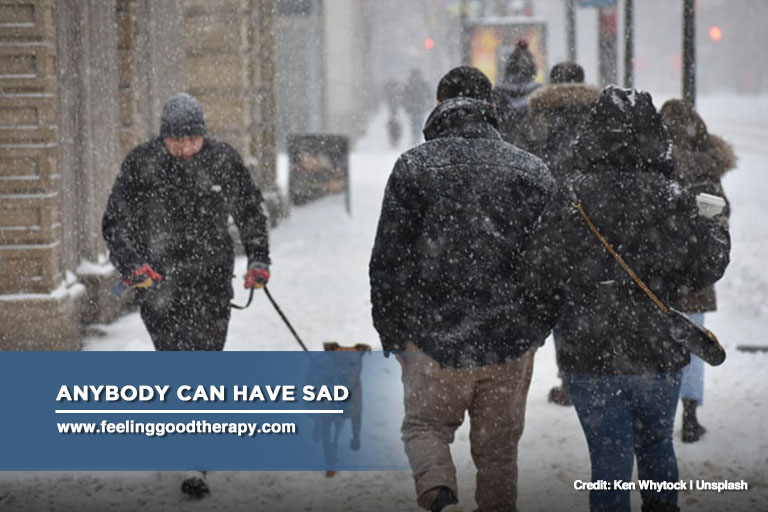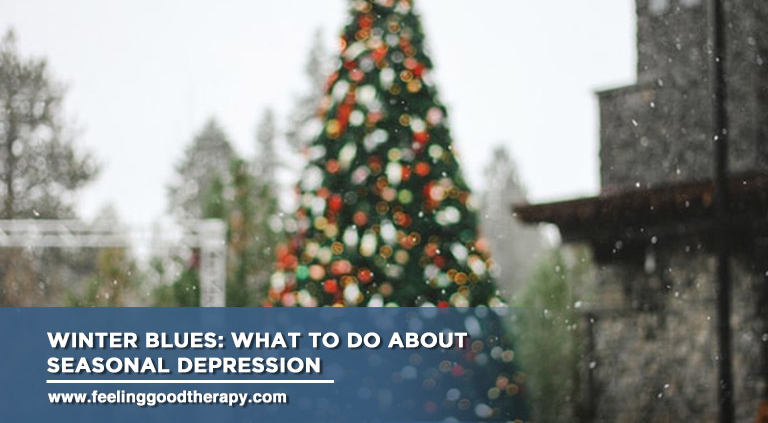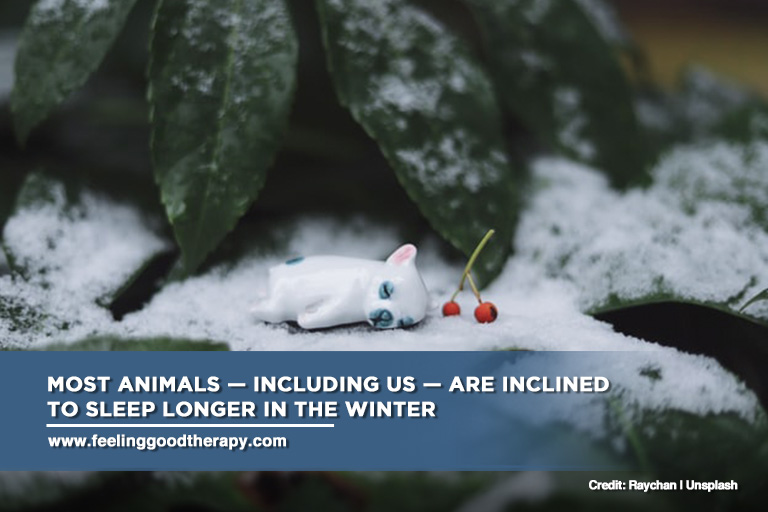Winter Blues: What to Do About Seasonal Depression
Do you feel the need to be alone and to withdraw from the world this time of year? You might have winter blues, otherwise known as seasonal affective disorder or seasonal depression. Fortunately, you are not alone in this battle, and there exist many ways to fight it.
Does Seasonal Depression Only Occur During Winter?
The weather affects your mood and energy. If you get depressed specifically in the middle of winter, you may have seasonal affective disorder (SAD). Seasonal affective disorder usually lingers for a few months before disappearing. Then, it revisits you as the winter season approaches once more.
SAD, however, isn’t limited to the winter. The disorder can affect you anytime, depending on which season triggers your depression. Despite being colourful seasons bringing in fairly enjoyable weather, fall, spring, and even summer can still bring in depression for those affected with SAD.
Why Am I SAD This Time of Year?
Sadness is an integral part of human emotion, a natural response to external forces. It’s another story, though, when it gets too extreme and lingers longer than usual during the winter months.
It helps to know the possible causes of your winter blues. You may be:
Experiencing a change in body clock pattern
Your body clock patterns change depending on the seasons. And in winter time, it is expected to change drastically due to the shorter days and longer nights. When daylight decreases, your body automatically knows that it’s nighttime and you feel more fatigued.
Overproduction of melatonin
Melatonin is the hormone that helps you sleep. It is also a main factor to the body’s clock function. This hormone is produced when stimulated by darkness. When the nights are longer, melatonin increases and you feel tired the whole day.
Lacking Vitamin D
Vitamin D comes from sunlight and the food you eat. The sunlight you get during winter is low, which also deprives you of the much-needed serotonin. As it happens, Vitamin D regulates your serotonin levels. When your Vitamin D cache is depleted, you may not feel like doing anything for the whole day because you’re not getting enough serotonin to stabilize your moods.
I’m Not Sure If I’m Having the Winter Blues

Seasonal affective depression takes on a different meaning these days because of the pandemic. In the USA, SAD affects an estimated 10 million people, with women being more affected than men. In Canada, 2% to 3% of the population experience the disorder in their entire lives. Most of these are living in areas less exposed to sunlight.
The symptoms of SAD vary from person to person, but if you’re having the winter blues, these are fairly common:
- Sadness in the winter months
- Unmotivated to do small tasks
- Sleeping troubles
- Spending a day or two in bed
- Social withdrawal
- Longer hours of sleep
- Increased appetite and weight gain
- Irritability, fatigue, and a heavy weight in some parts of the body, especially in the arms and legs
- Prolonged bouts of sadness
Formal diagnosis for SAD can only be confirmed with a visit to your psychologist. If going out of your way for a physical visit eludes you, consider online therapy so you can consult with your psychologist in the comforts of your own home.
The Fight For Seasonal Depression: How to Combat Your Winter Blues
While you’re still mulling over therapy as a viable option to fight your seasonal depression, there are other ways to help you deal with or overcome your winter blues. Admittedly, building a stronghold to fight your SAD doesn’t happen overnight, but you can start brick by brick by doing the following:
Mentally preparing yourself
Since SAD is a yearly affair for you, consider preparing your mind for the onset as early as fall. Do some activities with friends to help you keep connected. With the harsh winds and snow winter can bring, you’d be compelled to stay at home more than necessary.
Getting some light therapy
Light therapy for seasonal depression using SAD lamps and SAD lights can help stimulate light inside the room and lessen the fatigue you feel. Expose yourself to a light box for 20 to 30 minutes per day to get your body clock pattern on the right track. However, if you’re on medications that might cause photosensitivity, you need to talk to your doctor.
Moving your body
And we mean to get yourself moving more than usual. Take some time to do some light exercises to keep your mind off things. It will also help you stay fit for the holidays and beyond.
Letting the sunlight in
Sunlight in the winter is scarce, so whenever the sun shines, let up your blinds, open your windows to let the sunlight in. If you’re feeling it, you can take a quick stroll outside so you can stock up on your natural Vitamin D.
Writing your thoughts down
Grab a pen and a notebook to document your journey to battling SAD. Just write every thought you have throughout the season. Read every entry you have and take note of your progress however it might have turned out. Specifically pay attention to patterns of negative thinking such as overgeneralization, fortune telling and discounting the positive.
See Dr. Dashtban When the SAD Gets All Too Much to Bear
The SAD times are always tough to get through, but if everything’s too much to bear, you can always turn to Feeling Good Wellness Center for help. Whether you’re in San Francisco, Los Angeles, or Toronto, you can talk to licensed online therapist Dr. Katie Dashtban through virtual one-on-one sessions. Call 888-539-1172 so you can feel good again.





